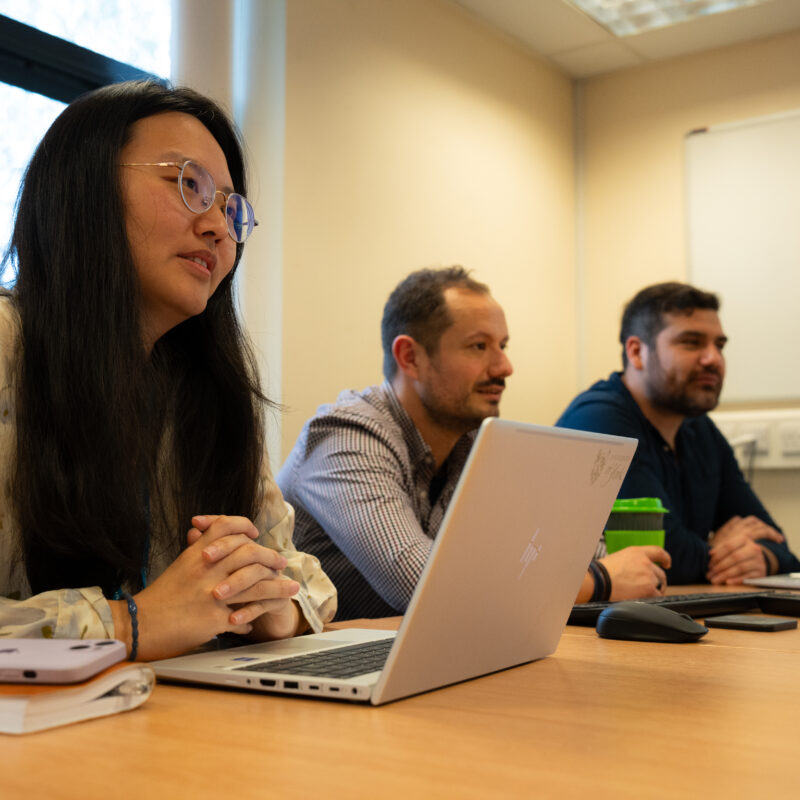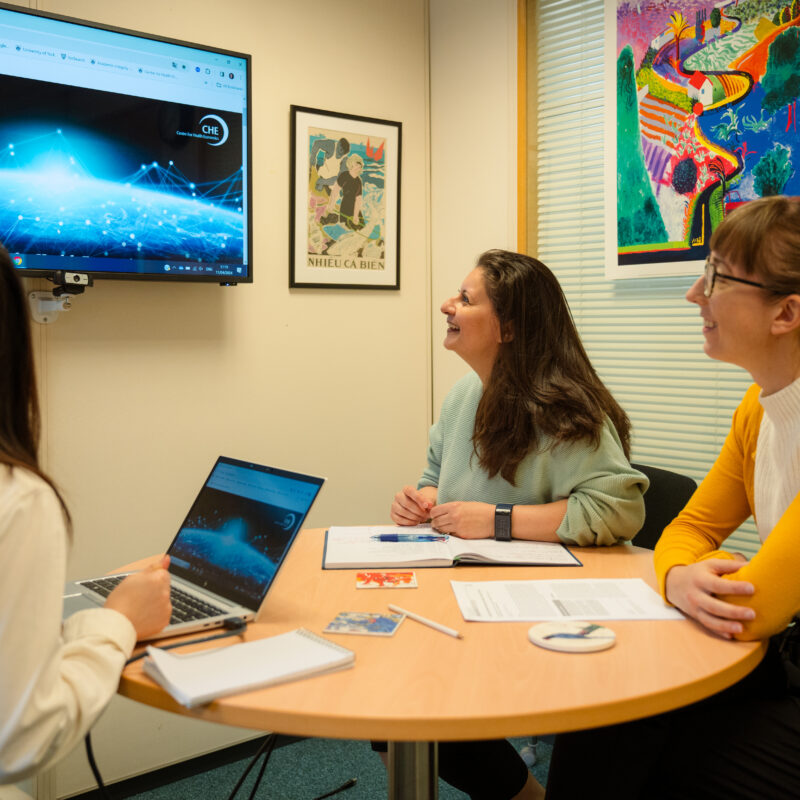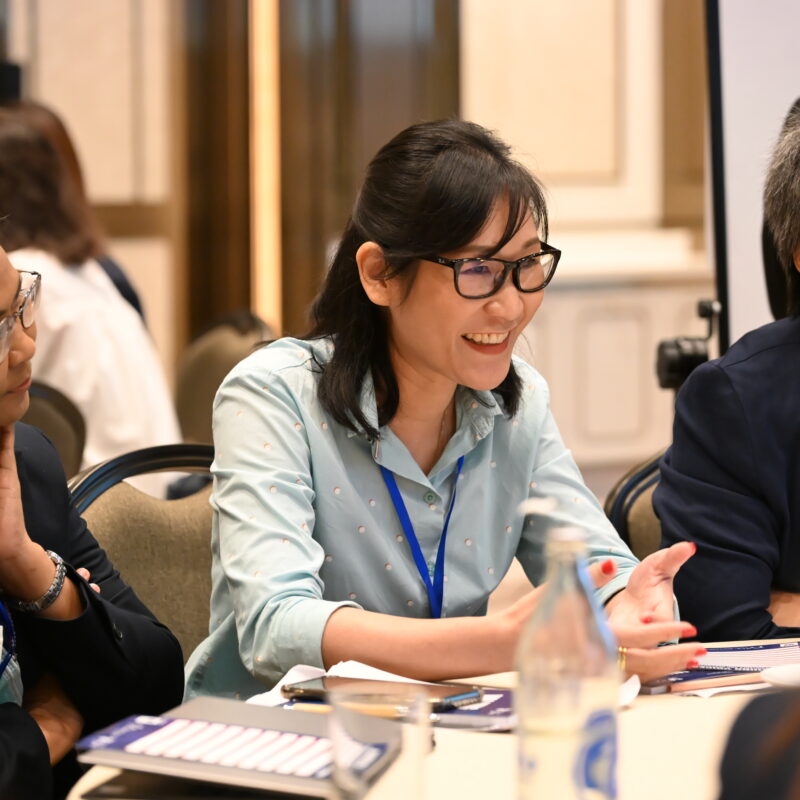

Results-based planning (similar to the Theory of Change approach) is a technique that starts with the end goal of your project, asking: What is the change you want to see in the world? For each principle we have provided you with a broad, ultimate goal for change – an outcome. You are asked to apply this outcome to your own research context, and decide what it should look like for your project in practical terms.
The tool will then guide you through the next steps of this process: identifying the outputs that will help you to achieve your outcome, the actions needed to get there, and the necessary resources.


The tool is designed to help you apply the results-based planning approach to your own research and therefore create a meaningful set of outcomes, outputs and activities which is specific to the context of your own project. These results will help you to design and deliver a project which centres equity and responsibility. If you are applying for funding, this text can also be used in your grant application, which may ask you to complete sections related to:
The tool is designed to help you decide what plans are appropriate for your individual project. Rather than offering boilerplate text for applications, it supports you in generating bespoke responses that can lead to the delivery of equitable and responsible research.


You can apply the principles at any time during the lifecycle of your project, but the Valuing Voices tool is primarily designed to be used in the planning stages, which may include writing a grant application. Designing a project with equity and responsibility built in from the start is the best way to ensure that you deliver an equitable and responsible project.
The tool is most effective when used by a research team, but we recognise that many projects are led by one individual or a small group in the early stages. It is important that this initial work is carried through to the delivery stage using a process of ongoing reflection, revisiting and reevaluating the outcomes you set at the start.
Everyone involved in the research process is usually time-poor. This tool has been carefully designed with input from many different research team members to be as straightforward and easy to use as possible, while creating meaningful discussion, reflection and outcomes. The tool is supported by layers of resources for you to dip into, depending on your prior knowledge, level of interest and available time. We also signpost to other, more detailed resources.

The single word which best describes the aims of the Valuing Voices tool is appropriateness. Each of the five principles asks you to identify what is most appropriate for your project.
We have used language carefully in this tool, but we might not always get everything right. We aim for it to be accessible for everyone involved in research, regardless of their role, discipline or nationality. We have tried to explain what we mean by particular terms, but at the same time we encourage you to take the broadest possible interpretation of each principle and make it your own by deciding what it means in your own research context.
We'll send you a link to follow to log you into our website. There's no need to register or set any passwords.